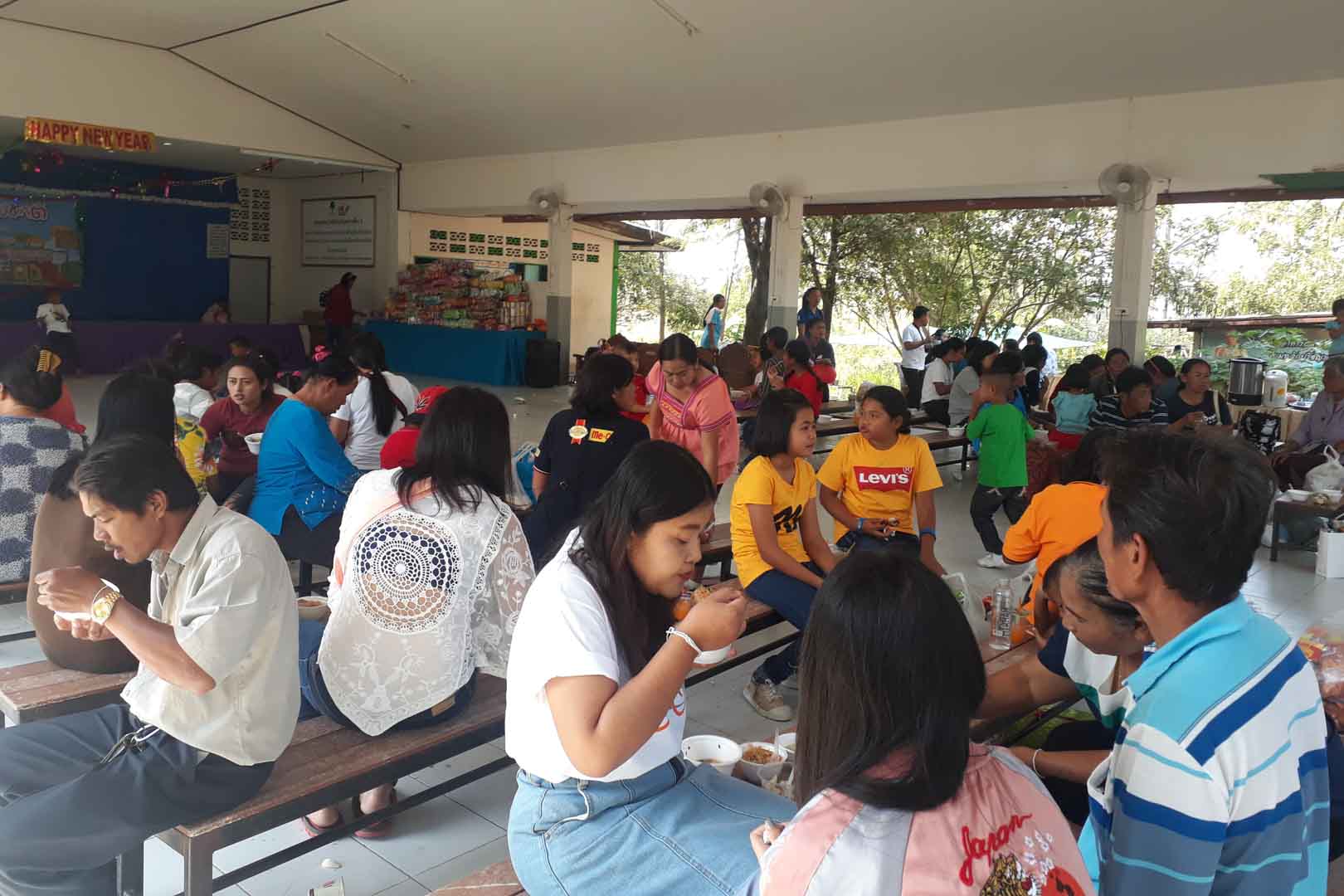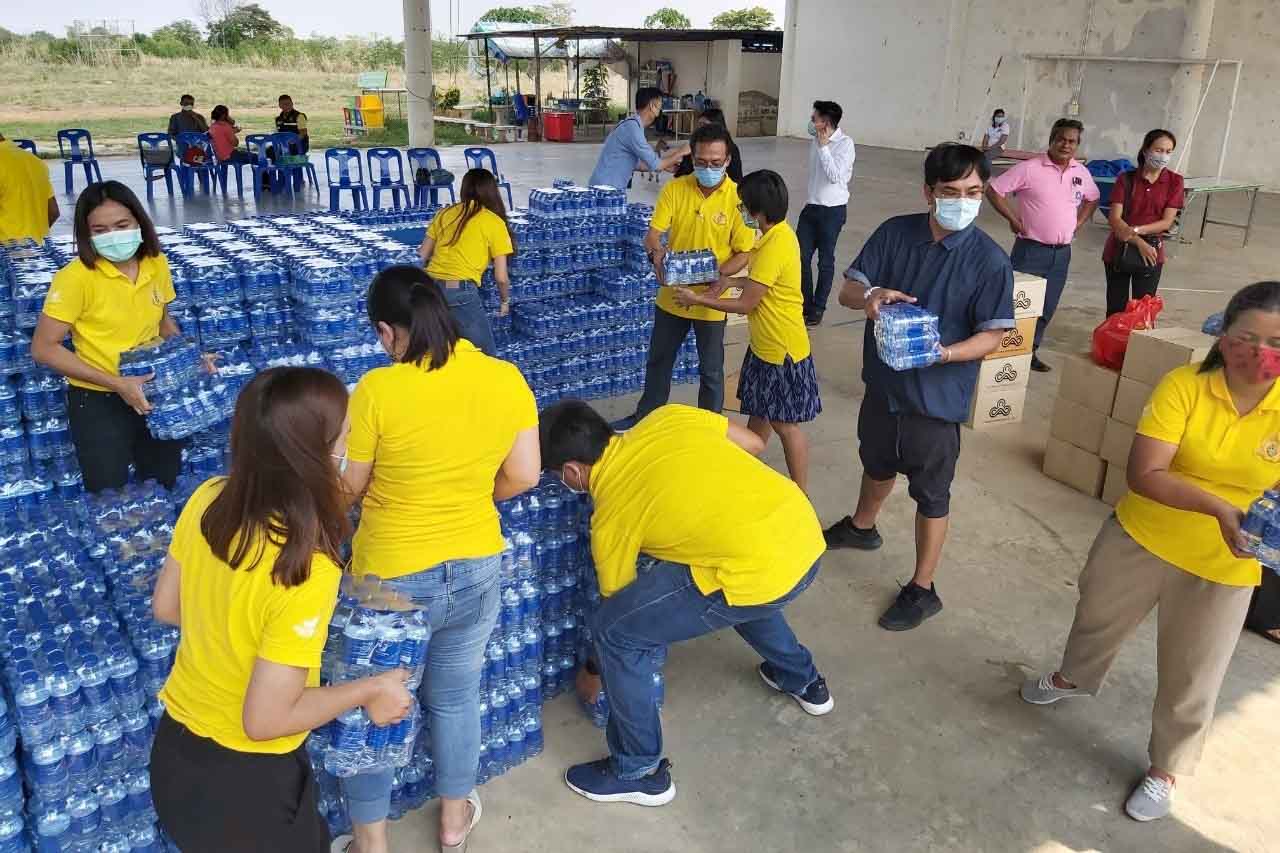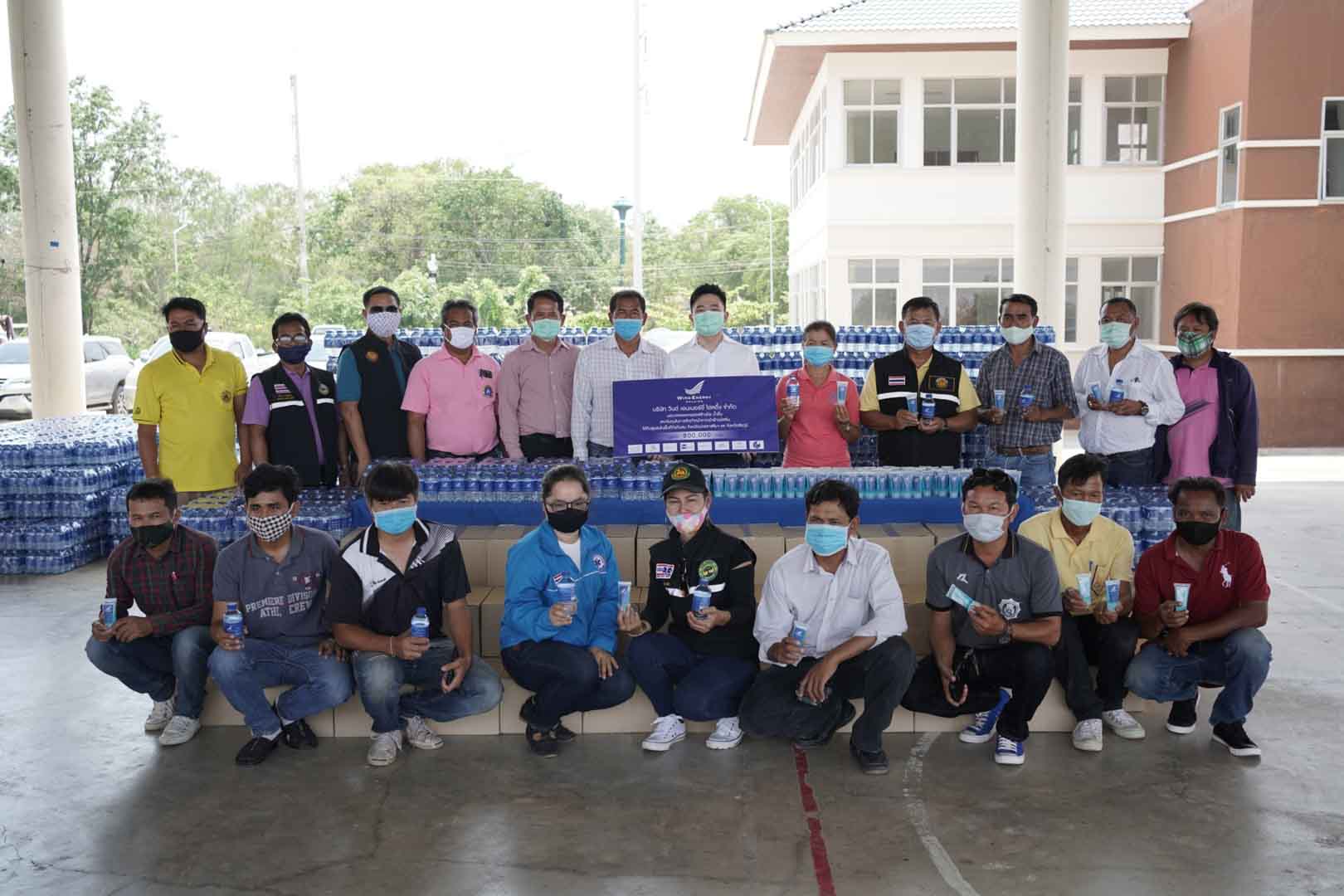A wind energy project for the climate and the community
This project in rural Thailand reduces carbon emissions by supplying clean energy from wind power to the national grid. It contributes to increasing the share of renewable energies in the country and improves energy security. The wind farm is located in the province of Nakhon Ratchasima in the northeast of Thailand. It comprises 45 wind turbine generators with a total installed capacity of 103.5 MW. The project is expected to generate an average of 219.3 GWh electricity per year supplying Thailand's national grid.
Besides, this wind energy project brings several benefits to the local population. Through the construction and maintenance of the facility, jobs were created. The project developers also sponsored School Children Days at three schools in 2019. In the course of the covid 19 pandemic in 2020, sanitizer gel and bottled drinking water were distributed. The project owners engage therefore with all local stakeholders, provide training and make the project an example of successful technology transfer.

As the name suggests, wind turbines use the power of the wind to generate energy. During this process, a generator located inside the wind turbine converts kinetic energy into electrical energy. As energy is still mainly generated from fossil fuels in many areas around the world, clean wind energy can replace some of this fossil, high-emission energy and verifiably save CO2 emissions.
In most cases, the sustainably generated electricity from the wind power projects is fed into a regional power grid, which diversifies the power supply and improves energy security in regions that are frequently affected by power shortages and outages. A project often creates increased job opportunities for the local population and the area can be used for additional activities, such as agriculture. Wind power projects make an important contribution to a clean energy supply worldwide and contribute to sustainable development with respect to the UN Sustainable Development Goals (SDGs). Wind energy projects in the ClimatePartner portfolio are registered with international standards.
Explore our projects
Biochar for Climate Action, Healthy Soils, and Better Harvests

A certified climate project combined with additional commitment

Expansion of renewable energy generation in Asia

Ceramic water filters save CO2 and improve health

Improved cookstoves worldwide – for better health and cleaner air

A certified climate project combined with additional commitment

Powering access to renewable energy in Africa

A certified climate project combined with additional commitment

Restored ecosystems remove carbon

Turning degraded farmlands into healthy ecosystems

Improved cookstoves - better for health and the environment




















